Opinion: Latest Changes May Not Fix Qantas’ Reward Availability Problem
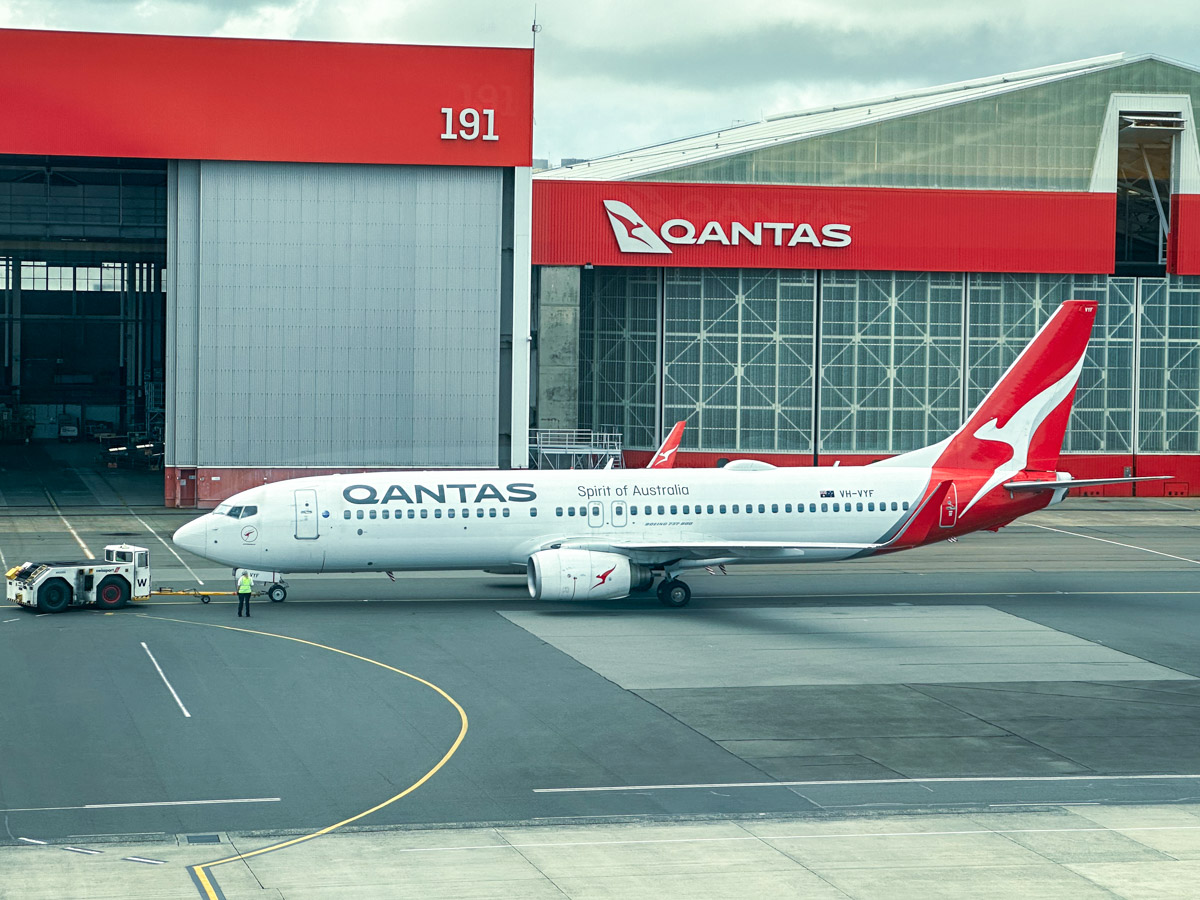
Qantas Frequent Flyer has an availability problem.
Arguably Australia’s most successful loyalty program, Qantas Frequent Flyer now proudly boasts well over 16 million members. But it says that it releases around five million Classic Reward seats annually. That’s enough for less than one in six members to book a return flight each year.
Admittedly, some of those 16.4 million members are probably already dead, or don’t have active accounts any more, as Qantas does not automatically close old accounts. But even if we assume that around half of those accounts are actually active, that’s still a big problem.
Qantas acknowledges this, and has made several changes to its program over the past year to try to address the pain point that has been a lack of Classic Flight Reward availability. The airline wants its program to be attractive, and it knows Classic Rewards are the most popular redemption. Therefore, having enough seats available for members to book using their accumulated points is critical to the overall success of the program – and indeed Qantas as an airline.
But there are only so many seats on flights to go around. This is the huge challenge that Qantas Frequent Flyer is attempting to overcome with its most recent program changes…
Qantas just announced major program changes for 2025
This week, Qantas announced a range of significant changes to its program, which will come into effect in 2025. Some of these changes include:
- Increased points costs for most Classic Flight Reward bookings
- Higher carrier charges on Qantas international Classic Rewards in Business & First
- Introduction of Classic Reward seats on Hawaiian Airlines, and Premium Economy redemptions on Air France, KLM, Iberia & Finnair
No increase in Classic Reward availability on Qantas flights
Qantas Frequent last increased Classic Reward prices in 2019. When it did that, it offered the concession of reduced carrier charges on many routes to compensate for the higher number of points needed. It did that because Qantas’ high carrier charges had been a particularly hot-button issue in the years leading up to the 2019 changes.
This time, from August 2025, Qantas is increasing the points required to book a reward flight while also hiking the carrier charges on the most popular redemptions. Some of these carrier charge increases are significant. For example, you’ll soon need to shell out an extra $620 on top of the existing taxes & carrier charges on a return Business Class reward ticket from Sydney to Vancouver or Dallas.

“These adjustments will ensure we can continue to invest in enhancing the program for the long-term and continue to grow the levels of Classic and Classic Plus Reward seat availability for members year on year,” Qantas Loyalty CEO Andrew Glance said this week.
Yet, Qantas has not actually promised more Classic Reward availability on Qantas flights as part of these changes. That would have been nice. Instead, the only increases in availability that we’re likely to see are on partner airlines or Classic Plus seats.
In fact, there is probably now less Classic Reward availability on Qantas flights than there was in 2022 and 2023, as Qantas has stopped offering the “up to 50% more Classic Reward seats” that it did during that post-COVID period.
More members with more points, but the same number of Classic Reward seats
Qantas still claims to offer at least five million Classic Reward seats per year – the same number that it did in 2019. But the program’s member base has grown by more than 27% since then.
In addition, there are now a lot more Qantas Frequent Flyer points in circulation as Qantas adds more partners and sells more points to them, particularly financial services partners.
This growth is a great sign of Qantas Loyalty’s success, and is honestly quite impressive. However, it comes with long-term risks if the growth is unsustainable.
In 2019, the value of unredeemed Qantas points was $2.46 billion. As of 2024, Qantas held $3.33 billion worth of unused points on its books – a 35% increase. Qantas may have increased its internal valuation of each point during that time, so the total number of points in the pool may have increased by less than 35% – but it would still be a very substantial increase.
This very simple (although not completely scientifically accurate) chart posted on our forum by an AFF member sums up the situation pretty well:
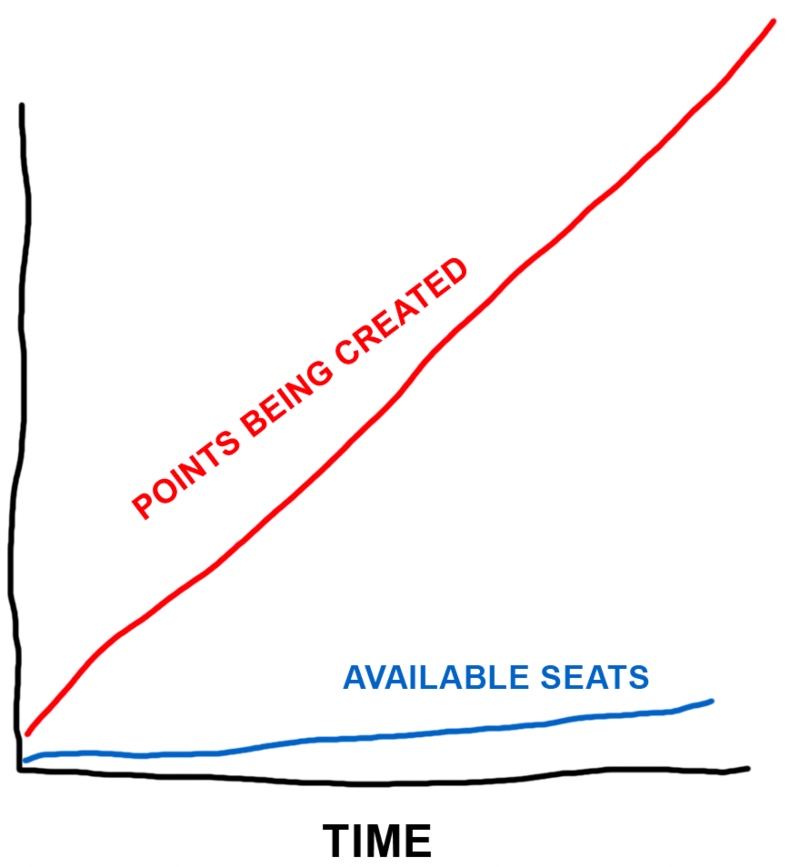
Interestingly, Qantas in 2024 believed a higher proportion of those unredeemed points would be used within the next 12 months, compared to 2019.
What can Qantas realistically do to address the reward availability problem?
Frequent flyer programs are so successful because they are simultaneously attractive to members and highly profitable for airlines. That’s because the perceived value of a reward flight is much higher than the marginal cost to an airline when “giving away” a seat that would have otherwise flown empty.
But this model only works if the airline is indeed only releasing distressed inventory as reward flight availability. On the other hand, if Qantas can sell that seat to a full-fare paying customer, releasing it as a Classic Reward represents a huge opportunity cost. Releasing too many reward seats can also train customers to not bother paying for tickets.
This is why Qantas’ revenue management team – which is not the same team as Qantas Loyalty – is reluctant to make more Classic Reward seats available on Qantas flights!
The introduction of Classic Plus
This is a large part of the reason why Qantas introduced Classic Plus flight rewards last year. It allows the program to offer a lot more seats to members wishing to use their points. But by pricing the seats dynamically – tied directly to the commercial ticket price – Qantas is not giving away seats too cheaply on flights that are selling well.
Qantas says it’s so far very pleased with the uptake of Classic Plus. Perhaps there is more demand than we – and even Qantas – predicted for a product that effectively just lets you “cash out” your points at a fixed value of 1-1.5 cents each.
Over the past year, Qantas has waxed lyrical about how much “value” its members can get from Classic Plus rewards when flights go on sale. In some cases, there are even flights that cost fewer points through Classic Plus than you would pay for a traditional Classic Reward.
The problem for members with the “value” proposition of Classic Plus
But here’s the thing. I don’t go out of my way to collect Qantas points so that I can cash them out for just a cent each. The value I get from Qantas Frequent Flyer – and indeed the reason I started engaging with the loyalty program in the first place – was to redeem for aspirational rewards with outsized value.
As an example, I wouldn’t pay a 1% card payment fee to earn 1 Qantas point per dollar if I was just going to redeem that point for something worth one cent. That would be pointless. But I’ll certainly do it if I knew I could use those points to book an international Business or First Class flight that I otherwise couldn’t afford – such as KLM Business Class across the Atlantic.

If a flight costs fewer points as a Classic Plus redemption than a regular Classic Reward, I would rather just pay for a ticket on that flight – and earn more points and status credits for it, too. That way, I can save my points for another reward down the track on a flight that I couldn’t just buy a cheap ticket on.
I’m not saying there isn’t a market for Classic Plus. Some people have more points than they can realistically spend, at this is at least another way they can use them. There are also people out there who happily redeem their points for coffee machines and gift cards. But most savvy points collectors aren’t too keen on the whole Classic Plus concept, as they made abundantly clear in the comments section of one of my articles last year.
More reward seats on partner airlines
With Qantas unwilling to release too many more Classic Reward seats on its own flights, the other option it has is to somehow make more seats available on partner airlines.
This is tricky because those partner airlines control the inventory they make available to Qantas Frequent Flyer members. But Qantas can work to add new partner airlines, or make seats available on existing partners in more cabins. This is exactly what Qantas is now doing.
From around October 2025, Qantas members will be able to redeem points for Premium Economy on Iberia, Finnair, Air France and KLM.

That’s definitely a welcome change, which Qantas estimates will add around 200,000 reward seats to the pool each year. There’s just one glaring flaw with this claim…
Getting premium cabin seats in and out of Australia is the biggest pain point of the current program. None of those extra Premium Economy seats will be on flights to or from Australia, because none of those partner airlines fly here.
Qantas will also introduce reward seats on Hawaiian Airlines, which is merging with Qantas’ existing partner Alaska Airlines. This is a nice addition which does add more seats out of Australia.
That said, Hawaiian Airlines only releases a limited number of Business Class reward seats on its Sydney-Honolulu route. Australians can already book Hawaiian Airlines reward seats using Velocity points – although that will likely change soon.

Qantas has fundamentally changed the way it releases Classic Reward seats on its own flights
While Qantas is still releasing Classic Reward seats on many international routes, the exact release times are no longer as predictable as they were before the COVID-19 shutdown.
Previously, Gold and Platinum frequent flyers could log in to the Qantas website at 11am, 353 days before departure, and snap up those sought-after Business reward seats on long-haul international flights as soon as they were released. But Qantas no longer releases premium cabin reward seats this far ahead on its most popular routes.
Instead, Qantas is now releasing award availability in batches, and much closer to the departure date. Rather than releasing a set number of seats on each flight as soon as it goes on sale, Qantas’ revenue managers now manage the release schedule on a route-by-route basis.

One of the reasons for this, as far as we understand, is that airlines are still finding it more difficult to accurately predict demand for specific flights a year in advance than pre-pandemic.
So, Qantas is now choosing to wait until the demand profiles for specific routes and flights is more certain – for example, around three months prior to departure – before releasing Classic Reward seats. For the reasons discussed earlier in this article, the airline doesn’t want to give away too many seats that they could otherwise sell at full price.
This fundamental shift means that Qantas frequent flyers now need to be prepared to book Classic Reward seats a lot closer to departure. Alternatively, Platinum and Platinum One members still have the option to call Qantas and request the release of additional Classic Reward seats.
More needed to address the availability issue
Ultimately, will these changes be enough to convince Qantas Frequent Flyer members that it’s still worth collecting points? Perhaps, and overall these changes should have a positive effect on availability. For example, the Classic Reward price increases could reduce demand, while removing more points from the pool with each booking. The question is “how much” of an effect it will have.
Time will tell, but the real problem at the moment is the lack of Classic Reward availability on attractive reward flights that members actually want to book – particularly flights to and from Australia. These latest changes will probably only lead to a few improvements around the edges.
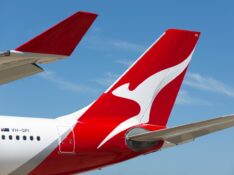
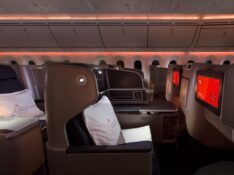
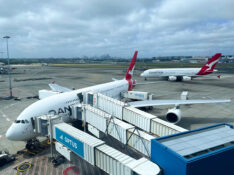
Community Comments
Loading new replies...
Join the full discussion at the Australian Frequent Flyer →